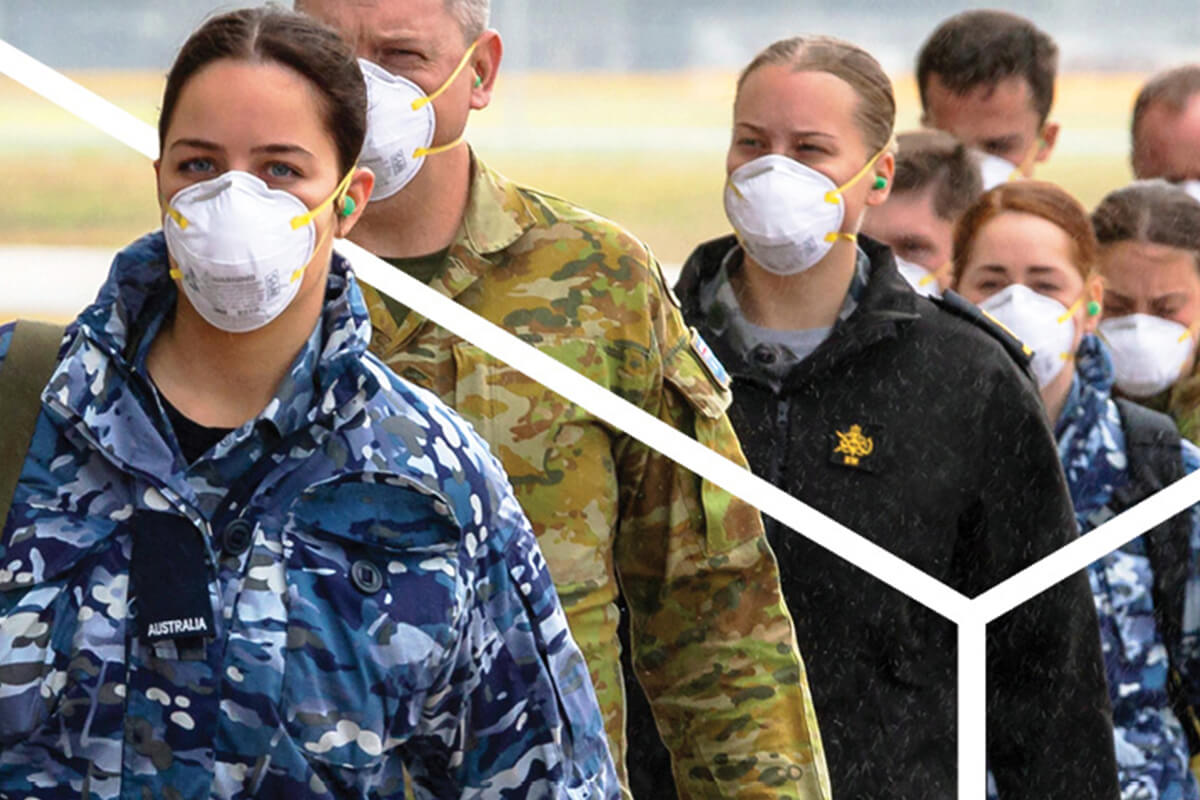From Reactive to Proactive – how NOD helped a Not-For-Profit nurture a productive IT Team and System
Summary
A not-for-profit (NFP) organisation that delivers essential services had exponential growth in the demand for their services. They grew from 20 to their current staff level of 200. They also expanded from one location to five offices. Relying on a myriad of ‘band-aid’, temporary measures created to react to an immediate need with no strategic plan in place, they knew they needed to do better if they wanted to secure their future as an organisation.
Here’s how Network Overdrive, as a Managed IT Service Provider (MSP), allowed them to increase their value to stakeholders and compliance for their funding bodies.
Their Story
The organisation started in 1997 and developed a reputation for being able to quickly deliver essential services. Government agencies noticed and significantly increased their funding and their workload. Due to this fact, they grew their team from 20 employees to 200 team members operating across multiple locations.
Unfortunately, due to the urgent need for their service delivery, they were unable to implement a comprehensive IT system that could keep up with their rapid growth. Instead, they were forced to utilise band-aid, reactive solutions. These solutions became difficult to change later down the line and thus, hindered their ability to respond to the needs of their stakeholders.
To make matters worse, their IT team was a convoluted split of internal and external support providers. This resulted in an inadequate, cumbersome and underperforming IT system that confused the staff. The IT Manager knew that their situation was unsustainable and needed a redesign.
Our Approach & Solution
The IT Manager wanted the solution to be multifaceted and take into account technological infrastructure, human resources, best practice and compliance. He tasked us with determining the first steps to take.
Our recommendation was to get the service delivery model right before implementing any technology change. We did this by creating a hybrid team of onsite technicians with a multilingual and multicultural IT Service Desk. This produced a better managed IT support (MSP). Once the team was established, the IT Manager began his digital transformation initiative. He used our team to implement careful selection of projects that maximised the value to cost ratio.
The IT Manager appreciated our Profit Stacks Framework and we used it in our consultative IT strategy meetings to rate their business technology according to Sustainable and Value Creation priorities. The process identified the immediate major issues to address as well as systems that would help streamline delivery. The executive’s confidence in the IT department’s decision-making increased as each investment produced improvements in service delivery.
Relationships played a key role in this case. The integration of a more streamlined I.T support service gave the IT Manager, Executive and the wider organisation the confidence of having the appropriate level of support into the future.
In the end, our capacity to combine both great technology expertise with strong and flexible customer service produced the results. The IT Manager delivered a roadmap of sustainable value from their IT investments for the benefit of their clients.





